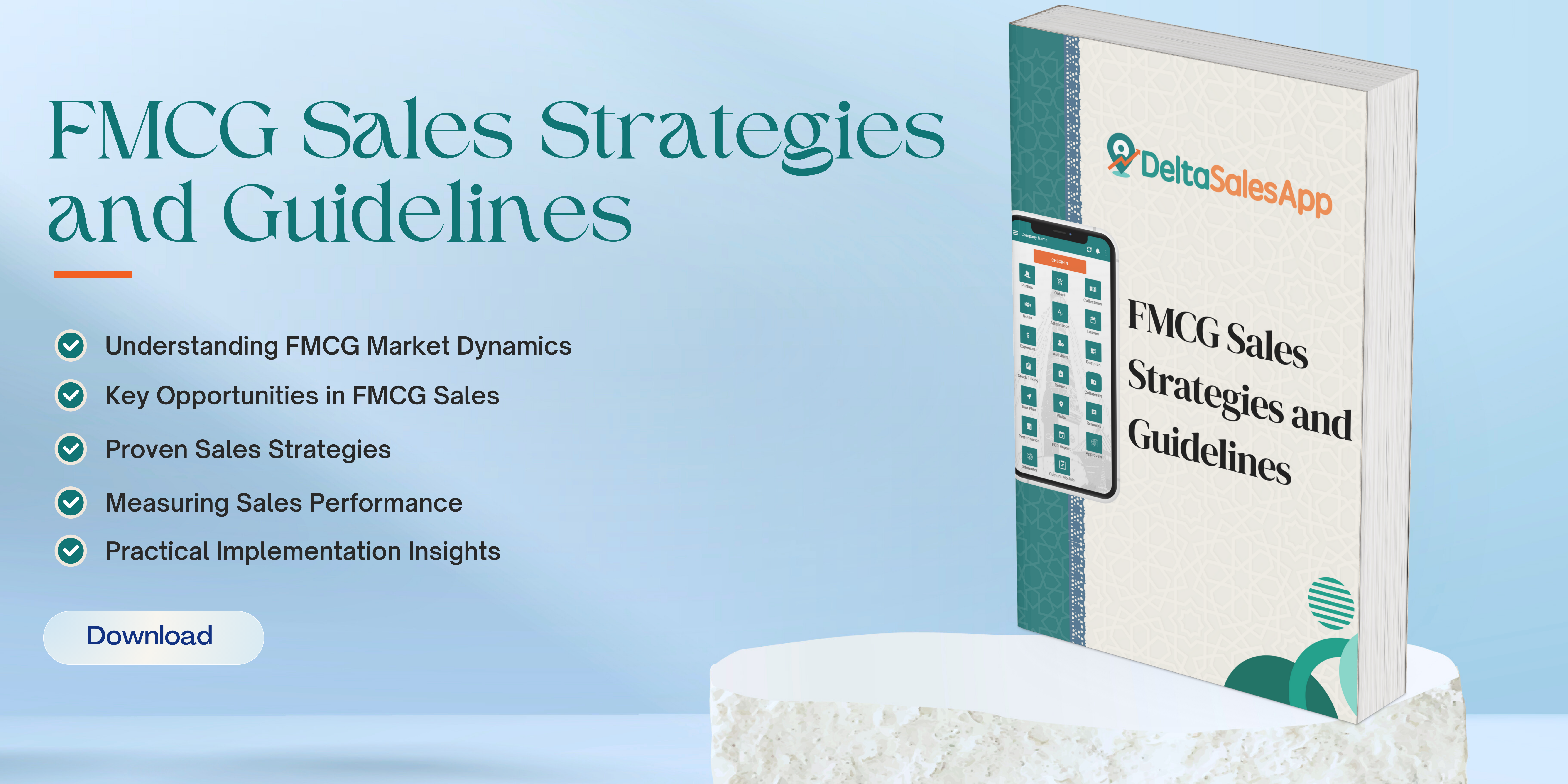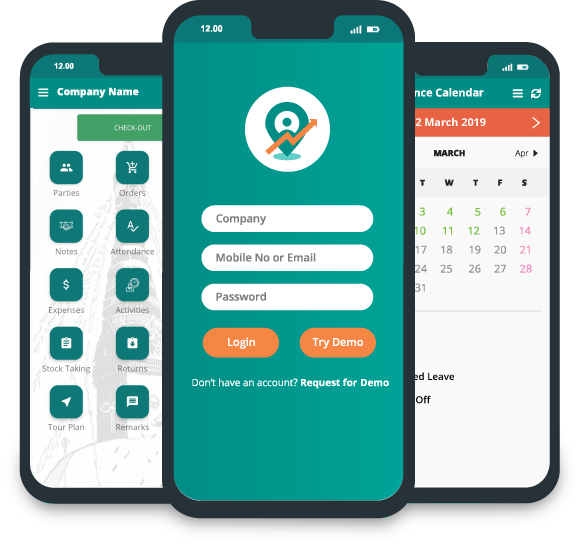Lead Management
Lead management is a crucial component that helps sales teams track, nurture, and convert potential customers (leads) into actual clients.
Effective lead management can boost productivity, enhance customer relationships, and increase revenue.
How lead management works in a field sales context?
1. Lead Generation
Sources: Leads can come from various sources, such as trade shows, networking events, referrals, online inquiries, or cold outreach.
Capturing Leads: Field sales teams may use CRM (Customer Relationship Management) tools or paper forms to capture lead information during meetings, calls, or events.
2. Lead Qualification
Criteria: Once leads are gathered, they are evaluated to determine whether they are worth pursuing. This involves assessing factors like the lead’s need for the product, budget, decision-making authority, and timeline.
Qualification Models: Sales teams often use models like BANT (Budget, Authority, Need, Timing) or CHAMP (Challenges, Authority, Money, Prioritization) to assess lead quality.
3. Lead Assignment
Territory or Specialization: Leads are assigned to specific sales representatives based on geography, product expertise, or verticals. In a field sales context, this ensures that the right salesperson handles the right lead.
Lead Scoring: Some teams assign a lead score (using a point system or letter grades) to prioritize which leads to follow up with first.
4. Lead Nurturing
Follow-Up: After qualifying the lead, sales reps will maintain contact and provide more information about the product/service. In field sales, this usually involves meeting the lead in person or having regular phone calls.
Content Sharing: Sending product demos, case studies, or other materials that may be relevant to the lead’s business needs.
Tracking Engagement: Salespeople track responses, interest levels, and objections during the process to gauge how much effort is needed to close the deal.
5. Conversion (Closing the Deal)
Sales Presentations: Field reps typically give detailed in-person presentations or demos, tailored to the lead’s needs and pain points.
Negotiation: After presenting solutions, the field salesperson often engages in negotiation around pricing, terms, and contracts.
Finalizing the Deal: Once terms are agreed upon, the lead is converted into a customer, and the sales rep facilitates the closing paperwork.
6. Post-Sale Follow-Up
Customer Satisfaction: After closing the deal, maintaining relationships through periodic follow-ups can ensure customer satisfaction and retention.
Upsell/Cross-sell: Field reps may also engage in upselling or cross-selling additional products or services.
7. Feedback & Improvement
Lead Source Tracking: Field sales teams track which sources or methods brought in the most valuable leads, helping to refine lead generation efforts.
Reporting & Analysis: Data gathered from the field about lead behaviors, conversion rates, and outcomes can be used to refine the overall sales strategy.
Benefits of Lead Management
Improved Organization: Centralized lead data ensures that all sales reps have up-to-date information, helping prevent missed opportunities.
Faster Response Times: Automated reminders and real-time updates ensure that no lead is forgotten, allowing sales reps to respond quickly.
Better Lead Conversion: Proper lead scoring, nurturing, and timely follow-ups lead to higher conversion rates.
Enhanced Customer Insights: Detailed tracking of lead interactions and preferences helps sales teams tailor their pitches and provide better solutions to customers.
Increased Sales Productivity: Streamlining the lead management process frees up sales reps to focus on selling and closing deals rather than administrative tasks.
In summary, lead management in a field sales application streamlines the entire sales process, from lead capture to conversion, while helping sales teams stay organized, focused, and productive.






